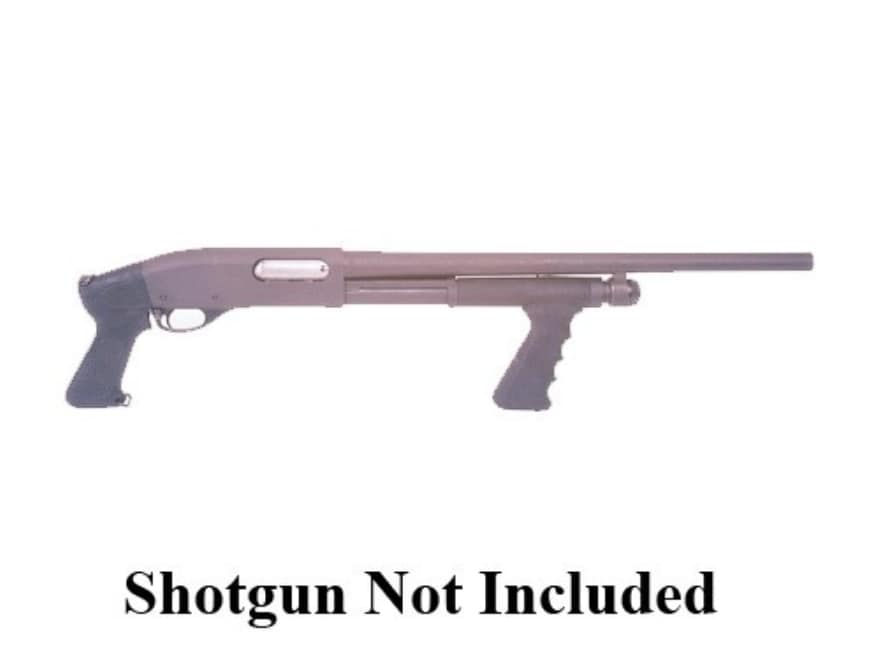
The Model 17 technically was born in 1913 from a John Browning design patented in 1915 and sold to Remington Arms.

Remington Model 17 John Browning and John Pedersen collaborated on the design of the Model 17, though Pedersen altered the gun before it went into production. Loomis updated the 10 with the Remington 29 in 1930. An original condition 10R is considered a collectable and quite valuable. A wooden hand guard acted as a heat shield, and the shotgun had lug adapters to affix a bayonet. The Model 10 never became widely popular among hunters, but a limited number of them designated as the 10R (for riot) were used in World War I. Remington 10s were built with a pistol grip stock and came in barrel lengths that ranged from 26 to 30 inches. There was also a unique slide safety at the front of the trigger guard, making the gun user-friendly for right- and left-handed shooters. That button projected when a shotshell was sent into battery, so you knew that the gun was loaded and ready to fire. To open the action, you simply pressed a button on the right side of the receiver. But Pederson wanted a create a pump that brought the hammer inside the receiver housing. The popular pump at the time was Winchester’s 1897, a side eject with an exposed hammer. John Pedersen designed Remington’s first pump-action shotgun to include a five-round tubular magazine and bottom ejection in 12-gauge only. Remington beat Winchester to the internal hammer pump shotgun with the introduction on the Model 10 in 1908 (production began in 1910). Remington Model 10 Production of the Model 10 began in 1911. Here is a closer look at the bottom-eject shotguns that have had the most influence on the evolution of the platform, and one semi-auto that didn’t. But they never would have come to fruition without the innovation of early gunmakers like John Browning, John Pedersen, and G.H.

The Browning BPS and Ithaca 37 are the only two bottom-eject shotguns currently in production. They have also been used by police, military, and civilians for home defense. Bottom-ejects have been proven to be versatile sporting and hunting shotguns. On most pumps, two carrier “fingers” work with a magazine stop to allow a spent hull to eject while briefly stopping the new shell from entering the chamber before the fingers lift it into battery. Bottom-eject shotguns are unique in that the shotshells are loaded and ejected from the same port.


 0 kommentar(er)
0 kommentar(er)
